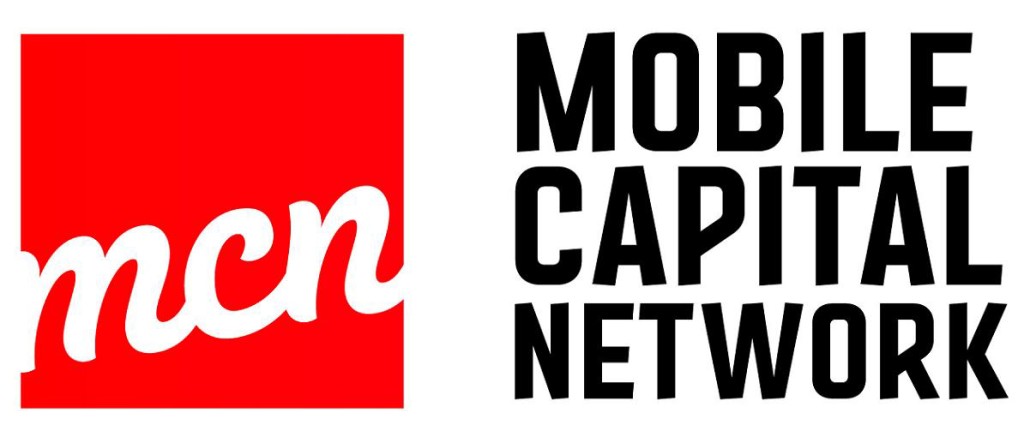When it comes to documenting R&D for SR&ED, most teams think of timesheets. But here’s the good news — CRA doesn’t actually require them.
What matters is contemporaneous documentation that shows:
- Who did the work
- What was done
- When it happened
- Why it qualifies as SR&ED
Timesheets are just one way to do that — not the only way, and often not the best fit for fast-moving R&D teams.
What CRA Actually Looks For
CRA focuses on substance over format. They want to see real-time (or close to real-time) records that show:
- Technical challenges encountered
- Experiments or iterations performed
- Who did the work
- Time spent on eligible activities
In short: they care more about the story of your R&D than the spreadsheet it’s tracked on.
How to Strengthen Your Current Tracking
You don’t need to reinvent your process — just make sure it captures the right details.
1. Use project tools to your advantage
Tools like Jira, Trello, Asana, or Notion already track tasks, timelines, and contributors.
- Add SR&ED tags or labels
- Note technical challenges or uncertainties
- Keep short comments on what’s being tested or refined
2. Capture evidence through engineering logs
GitHub or GitLab commits show who did what and when.
- Use clear commit messages that describe R&D effort
- Add periodic summaries or retrospectives to tie it all together
3. Create quick team summaries
Ask team leads to record R&D progress every few weeks.
- Note challenges, experiments, and outcomes
- Bullet points are fine — it’s about capturing intent and effort
4. Centralize your documentation
Store R&D notes, summaries, and supporting material in one shared space (e.g., Confluence, Drive, or Notion).
- Makes it easy to find and share during a CRA review
Bottom line:
You don’t need timesheets to build a strong SR&ED claim — you just need a system that reflects how your team actually works.
Want us to tailor your existing workflow for SR&ED-ready documentation? Let’s make tracking effortless. Book a quick call and we’ll walk you through it.

